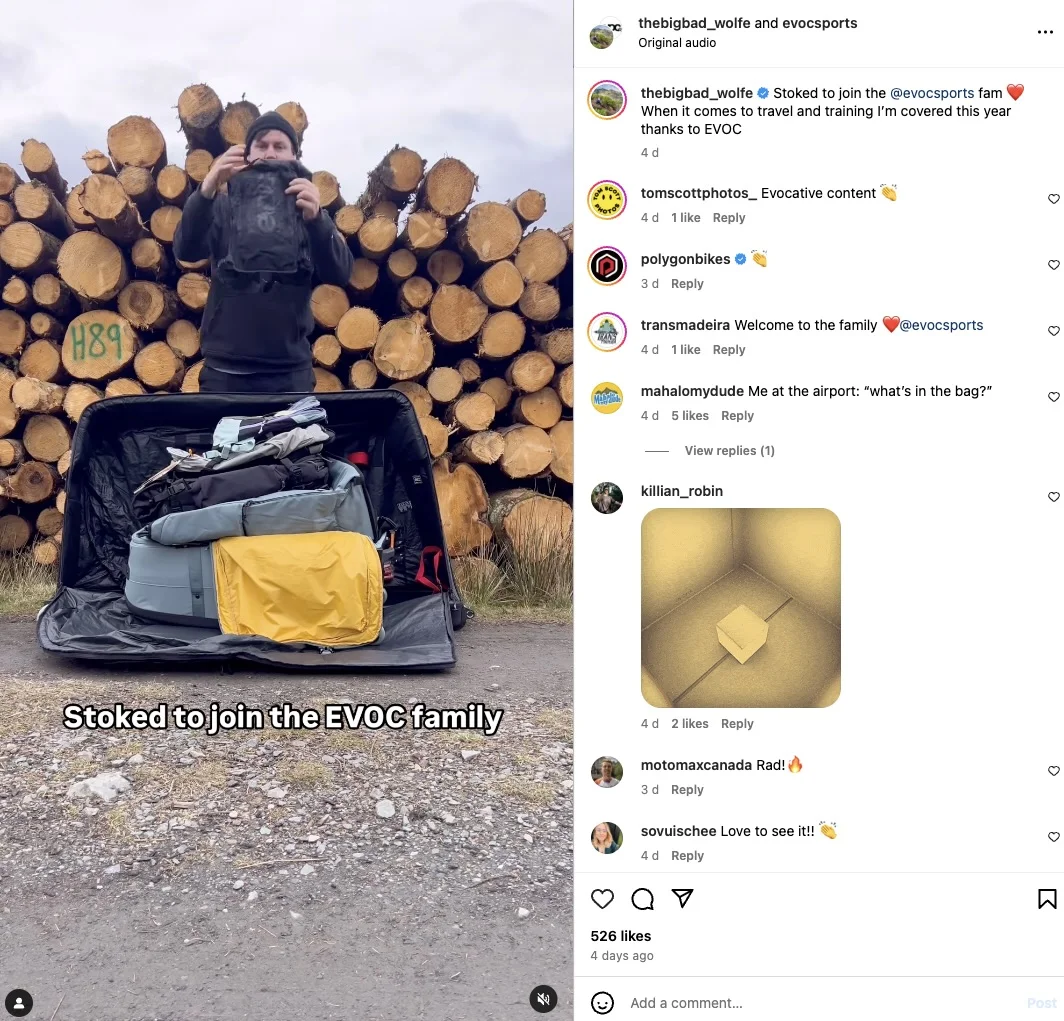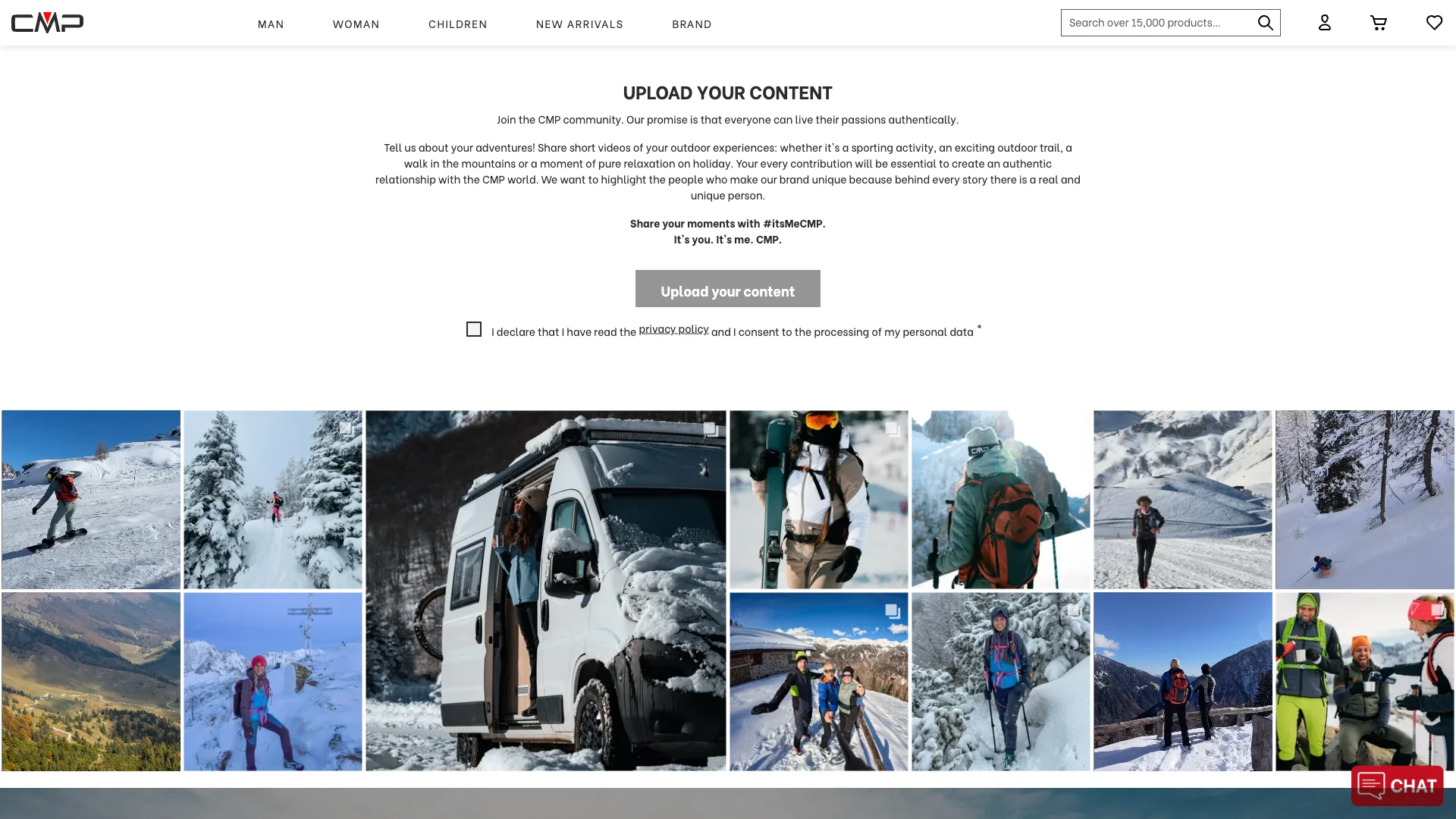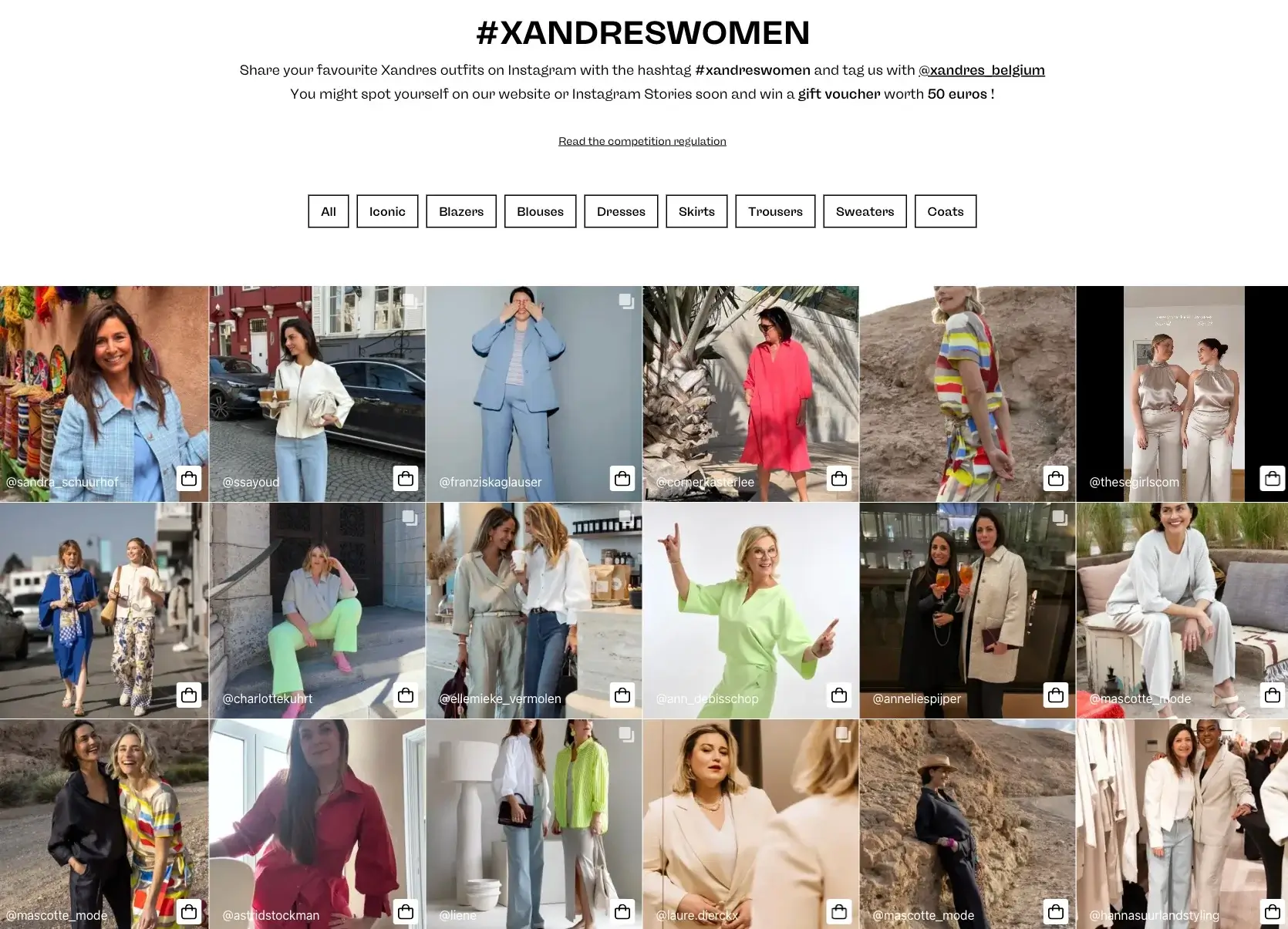Table of Contents
Creating a user-generated content strategy is a powerful approach to enhancing brand visibility and fostering deeper audience engagement. By following a structured process, you can harness the potential of authentic user contributions to drive measurable success for your campaigns.
Learn how to develop a User-Generated Content Strategy that will actually convert customers with this helpful guide.
User-generated content (UGC) refers to any content created by a brand’s fans, customers, influencers, brand ambassadors, and wider audience. UGC can help you build trust with customers, boost your conversion rate and revenue, and increase customer engagement and social proof.
Let’s explore each step in detail to help you build and optimise your user-generated content strategy.
The foundation of any successful user-generated content strategy is a clear understanding of your objectives. Defining measurable and specific goals is essential.
Are you looking to increase brand awareness, drive higher engagement rates, or reduce the cost of content production? Perhaps you want to foster a community of loyal customers who actively engage with your brand.
For example, boosting brand awareness involves increasing visibility across social platforms. This might include tracking metrics like follower growth or impressions. For engagement, focus on monitoring key metrics such as likes, shares, comments, and click-through rates.
If reducing production costs is your aim, consider how UGC can seamlessly integrate into your content calendar, as seen with XXL Nutrition, which uses user-generated product images to save on professional production costs.
A user-generated content strategy is much more effective than traditional marketing methods. Shopify notes that user-generated content advertising receives a 4X higher click-through rate versus any other type of marketing.
Each platform offers unique opportunities for leveraging user-generated content effectively, and you can later edit the collected content with a video editor tool. Selecting the right channels based on your audience and content type is crucial. Check the main platforms for obtaining content from creators:
Instagram provides several tools to enhance user-generated content campaigns:
As a part of their user-generated content strategy, EVOC Sports is a brand that does a lot of collaborations on their Instagram posts to activate their community.

This strategy has helped EVOC Sports build a vibrant community of outdoor enthusiasts who actively engage with and promote the brand, demonstrating the power of strategic UGC implementation.
TikTok’s dynamic nature offers unique ways to engage users:
An example of a good quality Hashtag Challenge on TikTok is by Gymshark. Their highly successful ‘Change Your Life’ campaign encouraged users to set fitness goals on January 1st and document their progress after 66 days using #gymshark66.
The campaign offered a year’s worth of Gymshark products to winners, driving significant engagement and authentic transformational content.

Gymshark demonstrates an effective use of UGC video content in their brand promotion strategy. Their challenge campaigns generate thousands of participant submissions, leading to exponential growth in brand visibility and organic reach across social platforms.
YouTube supports deeper, long-form engagement through:
In their UGC strategy the premium cooking knife brand Global present YouTube videos of professional chefs showing how best to use their products.
This features prominently on their social media channels and their website. The use of a UGC video helps to showcase the product in a much more dynamic way rather than a static image.

TikTok and YouTube are the best platforms for collecting and curating your shoppable video campaigns.
Using Flowbox, you can connect your social media channels as sources to collect your user-generated content. Check out this collection of articles to see all the social media integrations.
An important step is to activate your community. It helps to establish a genuine brand voice that resonates with your community. Let your customers become brand advocates by sharing their authentic experiences and perspectives.
Encourage users to tag your brand account, use specific campaign hashtags, or mention your brand in their posts. This approach makes it easier for your team to track and collect UGC.
A great example of this is Vera Wang Bride, which successfully drives engagement by motivating customers to tag their content with branded hashtags.

When encouraging tagged content:
Sporting brand CMP have a dedicated button on their community page of their website where they encourage customers to submit their own photos and videos. This helps them to massively engage their community.

A dedicated media upload button on the community page makes content submission simple and accessible for all community members.
This implementation by Misako is a great example of how to activate your community on emails in two ways: they activate them to tag the brand, wearing their new purchase whilst also giving an incentive of a discount whenever the customer does this.

An impactful launch sets the tone for your user-generated content strategy. Start by announcing your campaign on your social media channels. Include a clear call to action and emphasise the benefits of participation. Highlight your branded hashtag and provide examples of the type of content you’re looking for.
Incentivising participation can significantly increase engagement. In your user-generated content strategy, consider running contests or offering rewards, such as gift cards, to encourage users to contribute high-quality submissions.
Xandres, for instance, runs gift card contests to reward participants while driving campaign success.

Additionally, partnering with micro-influencers or loyal customers can help seed initial content and set the standard for future submissions. This approach helps demonstrate the desired content style while building momentum for wider participation.
For example, Hebe successfully leverages influencer UGC to create authentic, high-quality content that inspires broader customer engagement.

Thinking your brand’s community is too small to leverage UGC? Discover how UGC drives growth for small community brands with real brand examples from Flowbox.
Efficient management and thoughtful sharing of UGC are critical to maintaining a well-organised strategy. Use platforms like Flowbox to track submissions, manage permissions, and handle usage rights seamlessly. These tools streamline the process, allowing you to focus on creating impactful campaigns.
User-generated content moderation is crucial. It’s exciting to see users posting for your brand on their social channels – but it can get overwhelming when your hashtag is full of content for you to choose from, especially when there’s some content you don’t plan on using in your marketing efforts.
That’s why user-generated content moderation is one of the most important steps in any user-generated content marketing strategy. It helps you keep your brand’s look and feel intact while you use your target audience to generate brand awareness for you.
An effective way to ensure that you’re only collecting content that you want to use is with tools like Blocked Users and Whitelisted Users. These are 2 Flowbox tools that allow your brand to block spam content while giving a green light to content you know you’ll be interested in seeing.

Distribute UGC across multiple channels to maximise its reach. Tailor the content to suit the preferences of each platform’s audience, whether it’s a visually engaging Instagram Reel or an in-depth YouTube tutorial.
Flowbox’s sophisticated Publish tool allows for easy organisation, tagging, and distribution of UGC and brand content across multiple channels. This ensures consistent brand presence while maintaining the authentic voice that audiences crave.

The tool’s interface allows users to create, customise, schedule, and publish content directly to their social media accounts.
Managing content rights can be complex when starting a user-generated content strategy, but Flowbox assists you in requesting and managing rights for Instagram posts. We ensure easy management of your pending requests and help you automatically moderate posts once their rights have been granted.
This ensures that all the quality UGC you receive is properly authorised for use in your marketing campaigns. To find out more about how we can help you simplify this process, check out this collection of articles.
Remember that UGC is not just about collecting content; UGC is about fostering a community that believes in your brand and wants to share their experiences with others.
When executed thoughtfully, your UGC strategy can become one of your most powerful marketing tools, creating a virtuous cycle of engagement that benefits both your brand and your community.
As digital platforms continue to evolve, staying adaptable and responsive to your audience’s changing needs will ensure long-term success in your UGC strategy. Book a demo to find out how Flowbox can help you craft your own UGC Strategy!